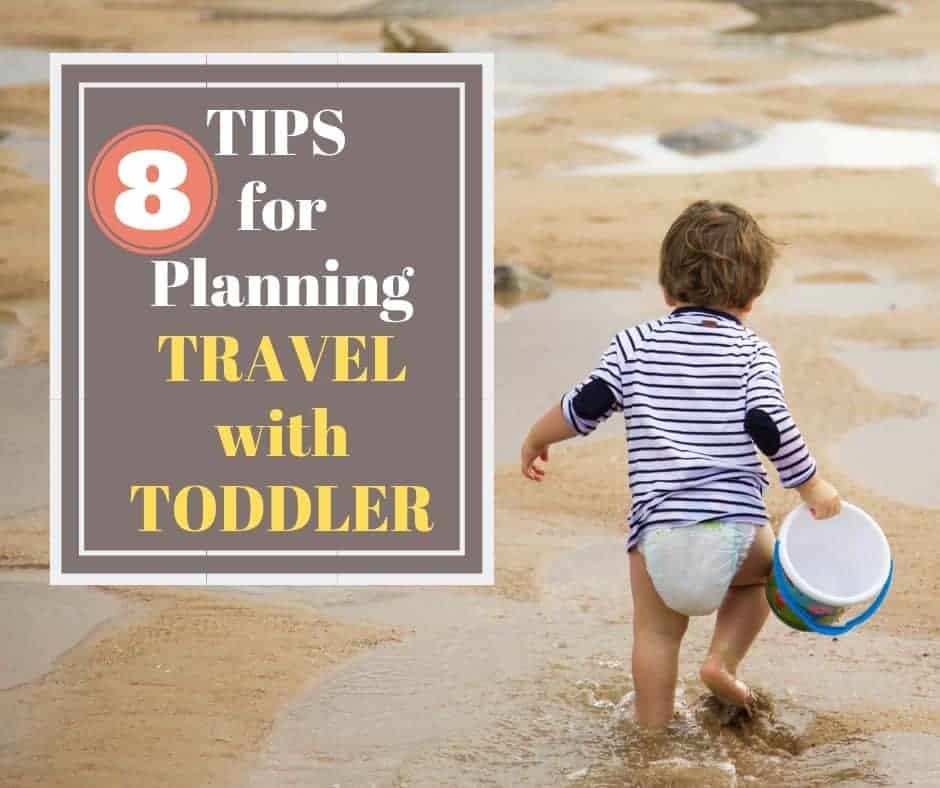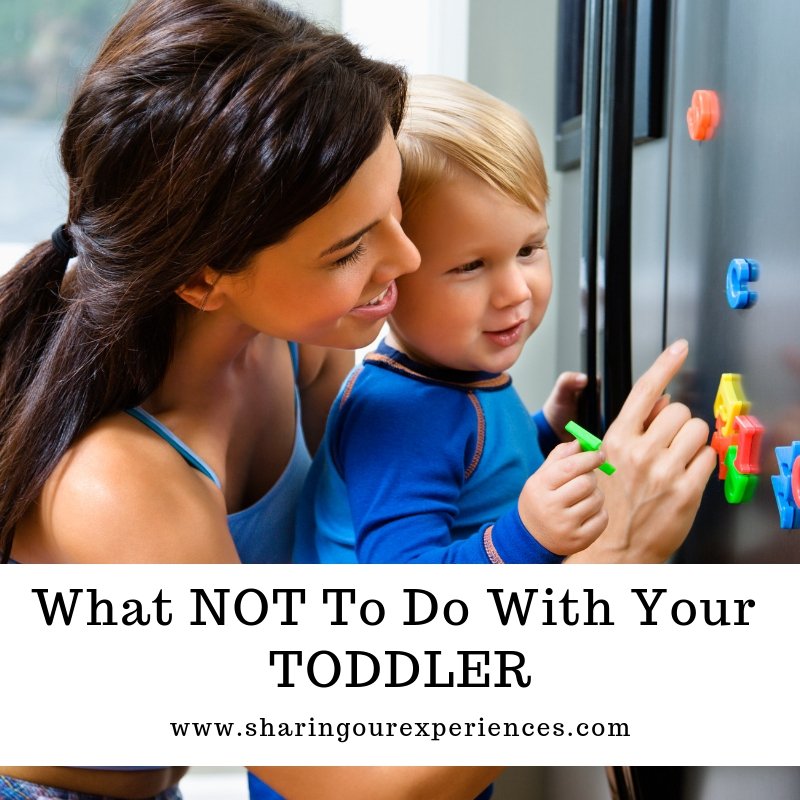
Discover 20 effective phrases to use when your toddler refuses to listen, and learn how to help your child manage their emotions with our expert tips and strategies.
Whether you’re dealing with tantrums, anxiety, or other emotional challenges, our article provides practical solutions and advice for parents. Plus, learn how you can use emotions worksheets bundle to support your child’s emotional growth and development. Read now for valuable insights on parenting and emotional intelligence.
Are you struggling to communicate with your toddler when they refuse to listen? As a parent, it can be frustrating and overwhelming when your child doesn’t seem to understand or follow your instructions.
But don’t worry, you’re not alone! In this article, we’ve compiled a list of the top 10 phrases you can use to effectively get your toddler’s attention and encourage them to listen. Whether you’re dealing with a temper tantrum or just a stubborn child, these phrases are sure to help you communicate more effectively with your little one.
So, let’s dive in and discover the power of these 10 phrases to help you get through those challenging moments with your toddler!
How to Get Your Toddler to Listen: 20 Proven Phrases
“I understand you’re upset, but we need to [insert task here]”:
Toddlers can get emotional and stubborn when they feel like they’re not in control. This phrase acknowledges their feelings while still setting boundaries and expectations. For example, “I understand you’re upset, but we need to put on your shoes so we can go outside and play.”
Also Read – How do you set boundaries with kids without yelling or hitting or bribing?
“I need you to listen to me now”
This phrase establishes that you are in charge and need their attention. Use it when you need to communicate something important. For example, “I need you to listen to me now so I can tell you about the safety rules when we cross the street.”
“Let’s try this together”
Toddlers love to feel involved and independent. This phrase invites them to work with you, rather than against you. For example, “Let’s try this puzzle together so we can finish it faster.”
When you [insert positive behavior here], we can [insert reward or preferred activity here]”
This phrase helps to motivate and incentivize good behavior. For example, “When you finish your dinner, we can play your favorite game.”
Also Read – Boost Your Child’s Confidence: 100 Creative Ways to Praise Your Little One
“I can see that you’re feeling [insert emotion here], let’s take a break and talk about it”
This phrase acknowledges and validates your child’s emotions, while also guiding them towards a more positive outlet for expression. For example, “I can see that you’re feeling frustrated. Let’s take a break and talk about how we can solve this problem together.”
“Can you show me how you [insert task here]”
Toddlers love to show off what they can do. This phrase gives them the opportunity to demonstrate their skills while also encouraging cooperation. For example, “Can you show me how you can clean up your toys?”
We don’t [insert negative behavior here], we [insert positive behavior here]”
This phrase is great for redirecting negative behavior towards a more positive one. For example, “We don’t hit our friends, we use kind words to communicate how we feel.”
“I hear you, but we need to [insert task or expectation here]”
This phrase acknowledges your child’s feelings or desires, while still setting boundaries and expectations. For example, “I hear you, but we need to leave the park now so we can have dinner.”
Also Read – Ultimate guide on How to establish clear and effective boundaries with children
“We’re on the same team”
This phrase helps to build a sense of teamwork and togetherness, rather than an adversarial relationship. For example, “We’re on the same team, let’s work together to clean up this mess.”
“Let’s take a deep breath and start over”
This phrase is a great tool for diffusing tense situations and starting fresh. For example, “Let’s take a deep breath and start over. How about we try to use our words instead of yelling?”
“I trust you to make a good choice”
This phrase empowers your child to make a decision, which can be important for their sense of self-esteem. For example, “I trust you to make a good choice about which toy you want to play with first.”
“How can we solve this problem together?”
This phrase invites your child to be a part of the problem-solving process, which can help them feel involved and important. For example, “How can we solve this problem together so that we can both be happy?”
“I love you, and it’s my job to keep you safe”
This phrase establishes that you love your child while also setting boundaries and expectations. For example, “I love you, and it’s my job to keep you safe, so we need to hold hands when we cross the street.”
“Let’s focus on the positive”
This phrase helps to redirect negative behavior towards a more positive outlook. For example, “Let’s focus on the positive and think about all the fun things we can do today.”
“I’m listening, please use your words”
This phrase encourages your child to communicate in a respectful and constructive way. For example, “I’m listening, please use your words to tell me how you’re feeling.”
“I know you can do it”
This phrase is great for building your child’s self-esteem and confidence. For example, “I know you can do it, so let’s try again and see how well you can do.”
“It’s okay to make mistakes, let’s learn from them”
This phrase helps your child understand that making mistakes is a natural part of learning and growth. For example, “It’s okay to make mistakes, let’s learn from them and try again.
“Thank you for being patient”
This phrase acknowledges and shows appreciation for your child’s positive behavior, which can help to reinforce it. For example, “Thank you for being patient while we wait in line.
“Let’s take a break and come back to it later”
This phrase can be helpful in diffusing tense situations and giving your child a chance to calm down. For example, “Let’s take a break and come back to this puzzle later when we’re feeling more relaxed.”
“I’m proud of you for trying your best”
This phrase helps to reinforce your child’s positive behavior and efforts, rather than just the end result. For example, “I’m proud of you for trying your best, even though you didn’t win the game.”
Why These Phrases Work
These phrases work for a few reasons. Firstly, they acknowledge your toddler’s emotions and desires while still setting boundaries and expectations. This helps to build a sense of trust and cooperation between you and your child. Secondly, they give your child a sense of control and autonomy, which is important for their developing sense of self.
Finally, they help to create a positive and respectful relationship between you and your child, which is important for long-term communication and bonding.
How can I get my child to listen to me?
To get your child to listen to you, it’s important to establish clear rules and boundaries, communicate your expectations in a calm and respectful manner, and offer positive reinforcement for good behavior. You can also try using some of the phrases we mentioned earlier, such as “I understand how you feel, but we need to follow the rules.”
What can I do when my child has a tantrum in public?
When your child has a tantrum in public, it can be embarrassing and stressful for both you and your child. One strategy is to remain calm and stay close to your child to ensure their safety, while also validating their feelings and letting them know that you understand their frustration. You can also try distracting them with a toy or other activity, or removing them from the situation if possible.
Which books can help parents with strategies to deal with a toddler who doesn’t listen?
There are several books that can help parents with strategies to deal with a toddler who doesn’t listen. Here are a few recommendations:
- “No-Drama Discipline” by Daniel J. Siegel and Tina Payne Bryson – This book offers practical strategies for disciplining children without causing emotional harm or creating power struggles. It emphasizes the importance of understanding the child’s perspective and using communication to build trust and cooperation.
- “How to Talk So Little Kids Will Listen: A Survival Guide to Life with Children Ages 2-7″ by Joanna Faber and Julie King – This book provides tools and techniques for communicating with young children effectively. It includes strategies for getting kids to listen, dealing with strong emotions, and building a strong parent-child relationship.
- “The Whole-Brain Child: 12 Revolutionary Strategies to Nurture Your Child’s Developing Mind” by Daniel J. Siegel and Tina Payne Bryson – This book offers practical advice for parents on how to nurture their child’s developing brain. It includes strategies for dealing with tantrums, meltdowns, and other challenging behaviors, while also promoting healthy emotional development.
- “Parenting with Love and Logic” by Charles Fay and Foster W. Cline – This book offers a parenting philosophy that emphasizes empathy, communication, and natural consequences. It provides strategies for raising responsible, respectful, and confident children.
How can I help my child manage their emotions?
Helping your child manage their emotions can be an ongoing process, but there are a few strategies you can use to support them. These might include teaching them deep breathing exercises or other relaxation techniques, validating their feelings and letting them know that it’s okay to express them, and modeling positive coping strategies yourself. You can also work with a therapist or counselor if your child is struggling with more serious emotional issues.

Do you wish you had the tools and resources to help them manage their feelings in a healthy and positive way?
Look no further than our emotions worksheets bundle – the ultimate solution for parents, educators, and therapists looking to support their child’s emotional growth and development.
Our bundle includes a variety of fun and engaging activities, designed to help children of all ages explore their emotions in a safe and supportive environment. From coloring pages to journaling prompts, our worksheets are perfect for helping your child identify and express their feelings, build their self-esteem, and learn valuable life skills that will serve them for years to come.
But that’s not all – our bundle is also incredibly easy to use, even if you’re not a therapist or educator. With our step-by-step instructions and expert guidance, you’ll be able to support your child’s emotional development from the comfort of your own home.
So why wait? Invest in your child’s emotional well-being today and order our emotions worksheets bundle. With our proven strategies and expert guidance, you can help your child become a confident, emotionally intelligent individual who is equipped to handle whatever life throws their way. Order now and take the first step towards a happier, healthier, and more emotionally fulfilling life for your child.https://www.sharingourexperiences.com/shop/teaching-emotions-and-feelings-to-young-children/
Click here to get more than 70% off on the emotions bundle
What to say when toddler doesn’t listen?
As a parent and caregiver, it can be frustrating when a toddler doesn’t listen. However, it’s important to understand that toddlers are still developing their communication skills and may not always comprehend what we’re asking of them.
Here are some tips on what to say when a toddler doesn’t listen:
- Get down to their level: Toddlers respond better when we speak to them at eye level. So, crouch down or sit with them to gain their attention.
- Use simple and clear language: Avoid using complex language or sentences as toddlers may not understand them. Instead, use short, simple, and clear instructions.
- Give specific instructions: Instead of saying “clean up your toys,” say “please put the blocks in the basket.” This helps toddlers understand exactly what you’re asking of them.
- Use positive language: Instead of saying “no running,” say “let’s walk slowly.” This puts a positive spin on the instruction and encourages the toddler to comply.
- Give choices: Toddlers often respond well to choices. For example, instead of saying “put your pajamas on,” say “do you want to wear the blue or green pajamas tonight?”
- Use visual aids: Toddlers are visual learners, so using pictures or gestures can help them understand what you’re asking of them.
- Stay calm and patient: It’s important to stay calm and patient when a toddler doesn’t listen. If they don’t respond immediately, give them time to process and respond.
Remember, toddlers are still learning and developing, so it’s important to approach the situation with understanding and patience. By using clear language, giving specific instructions, and using positive reinforcement, you can help them learn to listen and follow instructions.
What makes a toddler not listen?
There are a variety of reasons why a toddler may not listen. Toddlers are still developing their communication skills and may not always understand what is being asked of them. Some common reasons why a toddler may not listen include:
- They are distracted: Toddlers are easily distracted by their surroundings and may not be able to focus on what is being asked of them.
- They are tired or hungry: Toddlers may become cranky or uncooperative if they are tired or hungry.
- They are testing boundaries: Toddlers are curious and may test boundaries to see how much they can get away with.
- They are overwhelmed: Toddlers may become overwhelmed with too much stimulation or too many instructions.
- They don’t have the language skills: Toddlers may not have the language skills to understand what is being asked of them.
- They have other needs: Toddlers may be preoccupied with other needs such as wanting attention or needing a diaper change.
How do you punish a 2 year old for not listening?
It is not recommended to punish a 2-year-old for not listening. Toddlers at this age are still learning about the world around them and are developing their language, cognitive, and emotional skills. Punishment can be confusing for them and may not effectively correct their behavior.
How do I get my stubborn toddler to listen?
Dealing with a stubborn toddler who refuses to listen can be frustrating, but there are several strategies you can use to encourage cooperation. Here are some tips:
- Give clear instructions: Use simple and clear language to give instructions. Be specific about what you want your child to do and use positive language. For example, instead of saying “Don’t run,” say “Please walk.”
- Be patient and calm: Avoid getting angry or frustrated. Instead, stay calm and use a gentle tone of voice.
- Offer choices: Give your toddler choices so they feel like they have some control. For example, you could say “Do you want to wear the red or blue shirt today?”
- Use positive reinforcement: Praise your child when they do listen and follow instructions. This can be as simple as saying “Good job!” or giving them a hug.
- Be consistent: Set clear boundaries and consequences for not listening, and be consistent in enforcing them.
- Use distraction: If your toddler is being stubborn about something, try distracting them with something else. For example, you could say “Look at this toy” to redirect their attention.
- Model good behavior: Children learn by example, so make sure you’re modeling good listening skills and behavior yourself.
How do I deal with my 3 year old not listening?
Dealing with a 3-year-old who doesn’t listen can be challenging, but there are several strategies you can use to encourage listening and cooperation. Here are some tips:
- Get their attention: Make sure your child is paying attention to you before you give an instruction. Get down to their level and make eye contact.
- Be clear and concise: Use simple and clear language to give instructions. Avoid giving too many instructions at once, as this can be overwhelming.
- Give choices: Provide your child with options to choose from, such as “Do you want to wear the red shirt or the blue shirt today?” This can give your child a sense of control and help them feel more willing to cooperate.
- Use positive reinforcement: Praise your child when they listen and follow instructions. This can be as simple as saying “Good job!” or “Thank you for listening!”
- Be consistent: Set clear boundaries and consequences for not listening, and be consistent in enforcing them.
- Use natural consequences: If your child doesn’t listen to an instruction, allow them to experience the natural consequences of their actions. For example, if they refuse to wear a coat outside, they may feel cold and learn to listen next time.
- Take a break: If your child is having a hard time listening, take a break and come back to the task later. This can help prevent frustration and burnout.
In conclusion, parenting can be challenging, but helping your child manage their emotions doesn’t have to be. With the right tools and strategies, you can help your child build their self-esteem, develop important life skills, and thrive in every area of their life. Whether you’re using simple phrases to communicate more effectively, or providing your child with fun and engaging activities to explore their emotions, there’s always something you can do to support their growth and development.
So don’t wait – start using these strategies today and watch as your child learns to manage their emotions in a healthy and positive way. With a little patience, understanding, and support, you can help your child become a confident, resilient, and emotionally intelligent individual who is equipped to handle whatever life throws their way.







